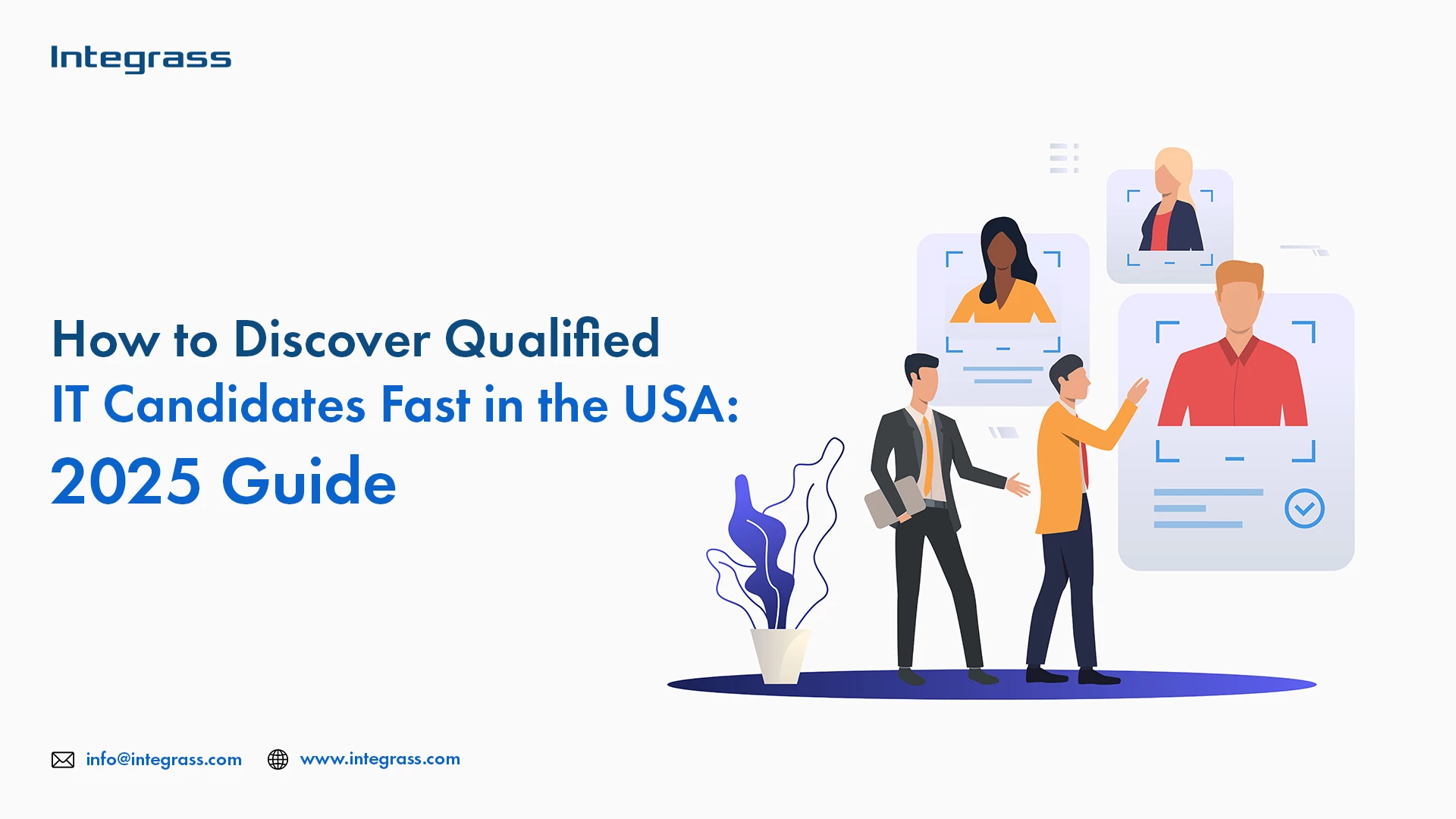Agile methodologies have become the cornerstone of modern project management, fostering flexibility, collaboration, and rapid delivery. Among the plethora of Agile frameworks, Scrum Agile framework and Scaled Agile Framework (SAFe) stand out as popular choices, particularly for small and medium-sized businesses. Deciding between them, however, can be a bit tricky. This article dives deep into Scrum and SAFe, comparing their structures, advantages, and suitability for different business contexts to help you make an informed decision.
What Is Scrum?
Scrum is a lightweight Agile framework designed for small teams, typically involving no more than nine members. Originated from the rugby term that represents teamwork and progress, Scrum emphasizes short agile development cycles called sprints. These sprints are typically two to four weeks long and culminate in a deliverable product increment. Here’s a breakdown of Scrum Agile Framework’s core components:
Key Roles in Scrum
- Product Owner: The visionary responsible for defining the features of the product and prioritizing them in the backlog.
- Scrum Master: A facilitator who ensures the team adheres to Scrum practices and removes any impediments.
- Development Team: A cross-functional group that works on creating the product increment.
Scrum Ceremonies
- Sprint Planning: Determining the scope of work for the upcoming sprint.
- Daily Stand-ups: Short meetings to sync on progress and obstacles.
- Sprint Review: A demonstration of the sprint’s achievements.
- Sprint Retrospective: Reflecting on the sprint to identify areas for improvement.
Benefits of Scrum Agile Framework
- Simplicity: Scrum’s straightforward approach makes it easy to implement and understand.
- Flexibility: The iterative process allows for frequent reassessment and adaptation.
- Enhanced Collaboration: Daily stand-ups and regular reviews ensure ongoing communication within the team.
Ideal Contexts for Scrum
Scrum is particularly effective for small to medium-sized projects where the requirements are expected to evolve and change. It’s also beneficial for agile team management that thrive on close collaboration and frequent iterations. Small businesses that value agility and need to pivot quickly based on customer feedback often find Scrum to be an excellent fit.
What Is SAFe?
The Scaled Agile Framework, or SAFe Agile Framework, extends the principles of Scrum to larger, more complex projects involving multiple teams. Developed to address the needs of enterprises scaling Agile practices, SAFe integrates several Agile methodologies and provides a structured approach to managing large projects. Here’s how SAFe structures itself:
Key Roles in SAFe
- Release Train Engineer (RTE): Equivalent to a Scrum Master but on a larger scale, coordinating across teams.
- Product Manager: Responsible for defining and prioritizing features across multiple teams.
- System Architect/Engineer: Provides technical guidance and architectural direction.
SAFe Levels
- Team Level: Similar to Scrum but integrated into the larger framework.
- Program Level: Focuses on Agile Release Trains (ARTs) that deliver value in increments.
- Large Solution Level: Manages coordination among multiple ARTs.
- Portfolio Level: Aligns portfolio management with Agile principles and practices.
Benefits of SAFe
- Scalability: Designed to handle complex agile project management involving multiple teams.
- Alignment: Ensures alignment of business goals across different layers of the organization.
- Improved Productivity: Facilitates coordination and communication across teams, enhancing overall productivity.
Ideal Contexts for SAFe
SAFe shines in environments where projects involve multiple teams that need to work together towards a common goal. Medium-sized businesses scaling up their operations or those managing complex projects with multiple dependencies often benefit from SAFe’s structured approach. It provides the necessary framework to maintain agility while ensuring coordination and alignment across the enterprise.
Scrum vs. SAFe: A Comparative Analysis
Choosing between Scrum and SAFe involves evaluating your business needs, team size, and agile project management complexity. Let’s compare the two frameworks based on key factors:
- Team Size and Structure
- Scrum: Best for small, autonomous teams. Each agile team management operates independently with a clear focus on delivering a specific increment of the product.
- SAFe: Ideal for larger groups and multiple teams that require coordination. It provides a hierarchy that facilitates communication and alignment across teams.
- Project Complexity
- Scrum: Suits projects where requirements are expected to change frequently. The simplicity of Scrum allows for quick pivots and adaptations.
- SAFe: Handles complex projects with multiple interdependencies effectively. Its layered structure ensures that even large-scale changes are managed efficiently.
- Implementation
- Scrum: Easier and quicker to implement, with minimal overhead. It focuses on delivering small, manageable pieces of the product in each sprint.
- SAFe: Requires more effort and planning to implement due to its complexity and the need for coordination across different teams and levels.
- Focus and Goals
- Scrum: Emphasizes flexibility and rapid delivery of product increments. It’s about doing one thing well and iterating upon it.
- SAFe: Focuses on delivering large, integrated solutions. It’s about ensuring that the entire system works together seamlessly.
Making the Choice: Scrum or SAFe?
Scrum is a fantastic choice if your business is small or medium-sized with straightforward projects. If your team enjoys working closely and your project requires frequent iterations and flexibility, Scrum will provide the framework you need without unnecessary complexity.
On the other hand, if your business is growing, and you find yourself dealing with more complex projects that involve multiple teams and require extensive coordination, SAFe might be the better option. Its structured approach will help you manage dependencies and align efforts across teams to achieve cohesive delivery.




